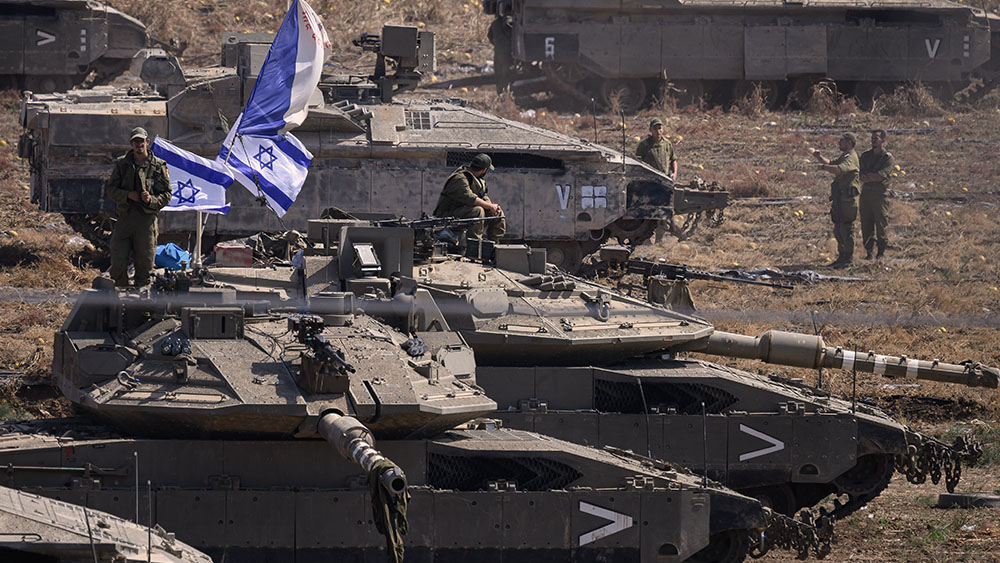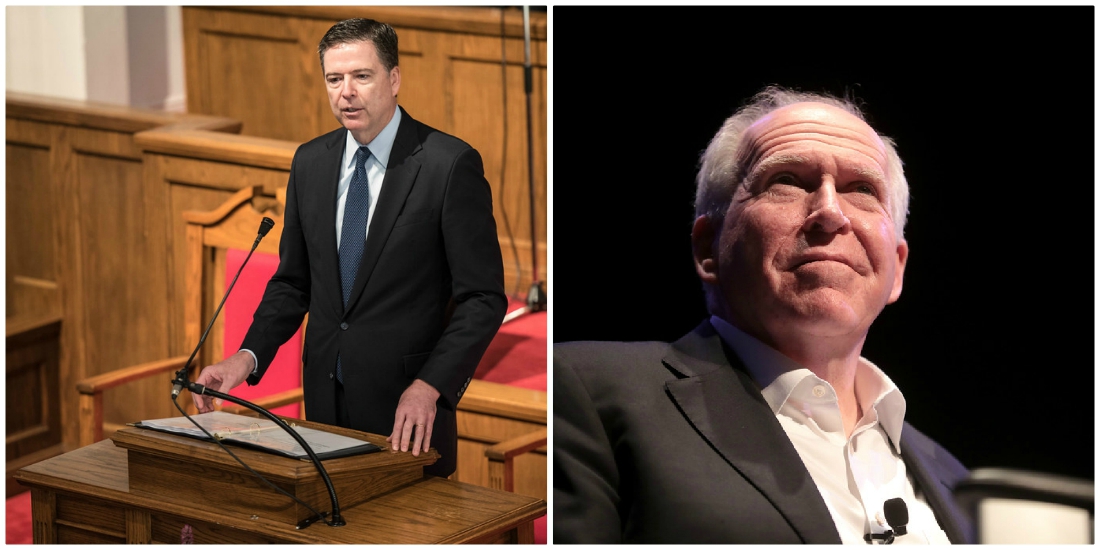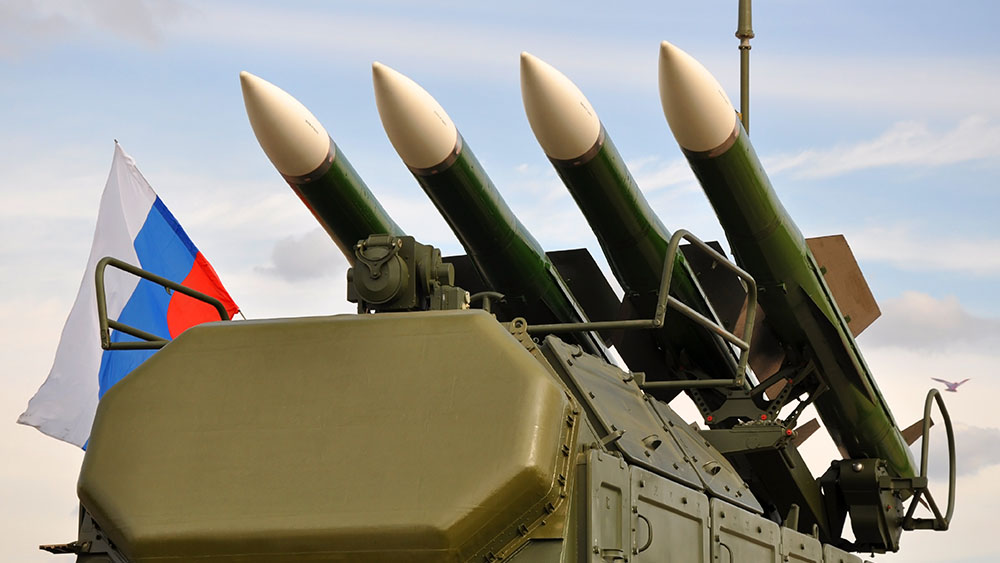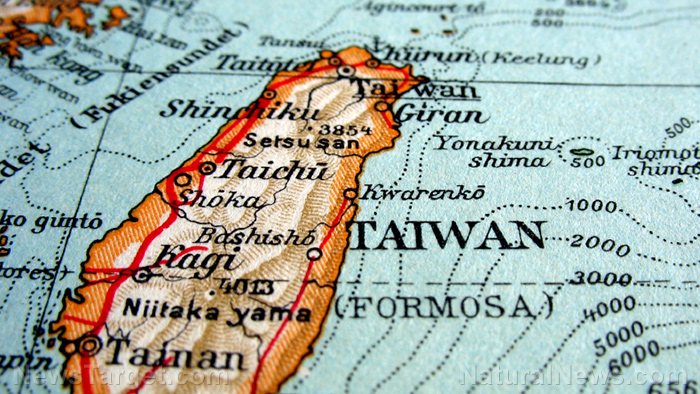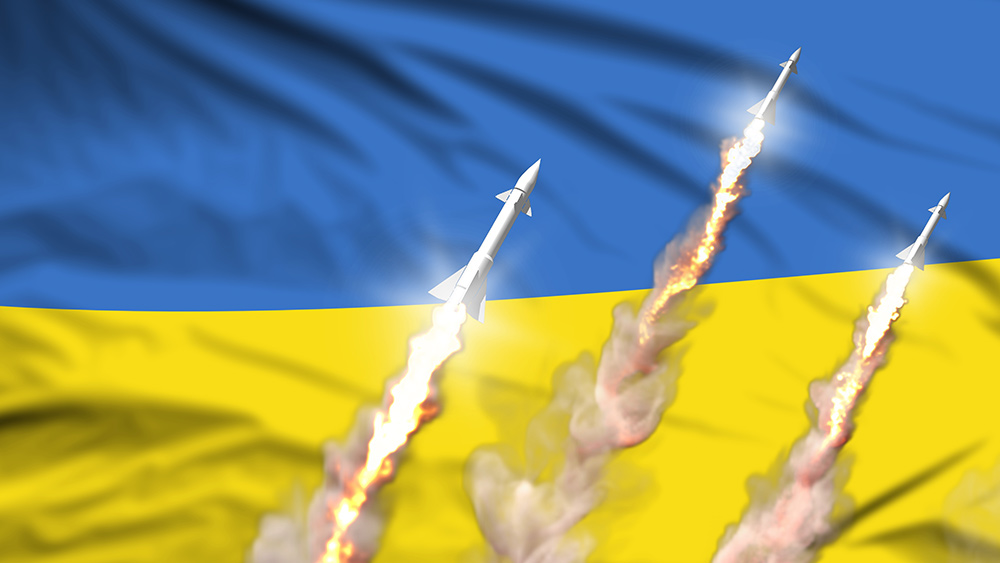
- The Pentagon is now blocking Ukraine from using U.S. long-range missiles to strike deep inside Russia under Trump’s push for peace negotiations.
- Trump’s policy reverses Biden’s approach, restricting ATACMS strikes while threatening Russia with sanctions to force talks.
- Ukraine is compensating with long-range drones and developing new missiles, but analysts warn this may weaken their negotiating position.
- Trump’s strategy may also aim to conserve U.S. weapons stockpiles for potential conflicts with China.
- The gamble risks either sparking peace talks or emboldening Russia, with Europe’s role and Putin’s response being decisive factors.
A dramatic shift from Biden’s policy
This is a complete reversal from the Biden era. Under Biden, Ukraine was given the green light to strike inside Russia with ATACMS after North Korean troops entered the war alongside Moscow. But now, with Trump back in the White House, the rules have changed. Defense Secretary Pete Hegseth now has final say over whether Ukraine can use these missiles, and so far, the answer has been no. Trump himself has been vocal about his stance. Last week, he met with Russian President Vladimir Putin for the first time since 2019, followed by talks with Ukrainian President Volodymyr Zelensky and European leaders. His message was clear: This war needs to end. But he also made a very straightforward assessment: "Ukraine has no chance of winning" without striking Russia.Why is Trump doing this?
The strategy seems to be a mix of carrot and stick. On one hand, Trump is restricting Ukraine’s ability to hit deep inside Russia in a move that could reduce tensions. On the other, he’s threatening massive sanctions and tariffs if Moscow doesn’t come to the table. The goal? Force both sides into serious negotiations before the war spirals further out of control. But not everyone is happy about this. Some U.S. officials and military analysts argue that limiting Ukraine’s offensive capabilities could weaken its position in any future talks. With ATACMS restrictions in place, Ukraine has turned to its own long-range drones to strike inside Russia, targeting oil refineries and military sites. Zelensky has also announced plans to develop a new cruise missile, the Flamingo, by early next year. But drones and homemade weapons can only do so much. Meanwhile, Russia has repeatedly warned that Western weapons in Ukraine make NATO nations direct participants in the conflict. Moscow has demanded an end to foreign military aid as a condition for peace. Trump’s restrictions on ATACMS may be an attempt to address that demand while still keeping pressure on Putin. The big question is whether Trump’s gamble will pay off. If Moscow sees this as a genuine olive branch, we could see real peace talks. But if Putin interprets it as weakness, the war could drag on... or worse, escalate. Some analysts suggest Trump’s move isn’t just about Ukraine; it’s about China. By conserving U.S. weapons stockpiles (which have been drained by years of aid to Kiev), the Pentagon may be preparing for a larger conflict in the Pacific. Elbridge Colby, the Pentagon’s undersecretary for policy, has reportedly categorized weapons systems into "green, yellow, and red" based on availability, with some munitions now being reclaimed from Ukraine if they’re needed for U.S. defenses.A high-stakes bet on peace
Love him or hate him, Trump is making a high-stakes bet. He’s betting that by restricting Ukraine’s strikes, he can pull Russia into negotiations before the war becomes even bloodier. He’s betting that sanctions and tariffs will force Moscow’s hand. And he’s betting that Europe will finally step up and pay its fair share for Ukraine’s defense. Will it work? Or will Putin see this as a sign of American weakness? The next few months will be critical. If Trump’s strategy fails, we could see a dangerous escalation. But if it succeeds, we might finally see the beginning of the end of this brutal war. Sources for this article include: RT.com WSJ.com Reuters.comTrump announces executive order to mandate voter ID nationwide
By Willow Tohi // Share
Netanyahu defies military warnings, mobilizes 40,000 reservists for Gaza City assault
By Cassie B. // Share
Rudy Giuliani seriously INJURED in New Hampshire crash, later discharged from hospital
By Ramon Tomey // Share
A viral video ignites federal firestorm over Minnesota fraud
By willowt // Share
Russia activates "unstoppable" Poseidon tsunami drone
By kevinhughes // Share
Russian FM Lavrov: Moscow will back China on Taiwan issue
By ramontomeydw // Share
The breakfast clock: Why timing your morning meal is a secret weapon against high cholesterol
By jacobthomas // Share
The Health Ranger's New Year Revolution: The ultimate guide to health, wealth and freedom
By kevinhughes // Share
"Absolute Healing" on BrightU: Experts explore COVID-19 as an engineered bioweapon
By jacobthomas // Share


